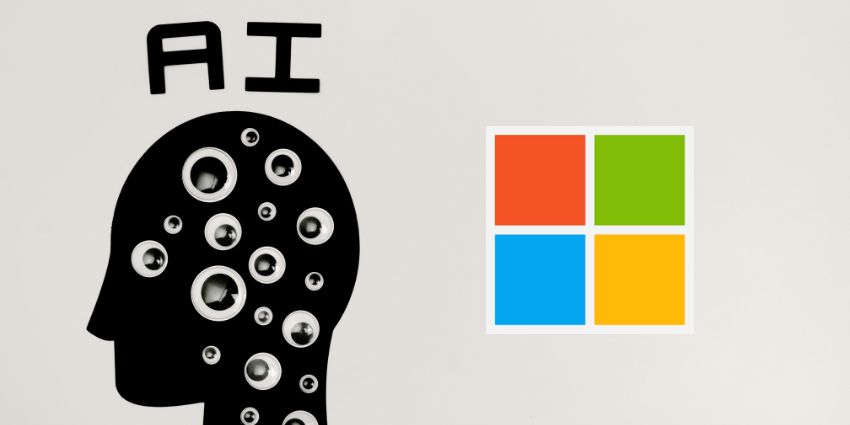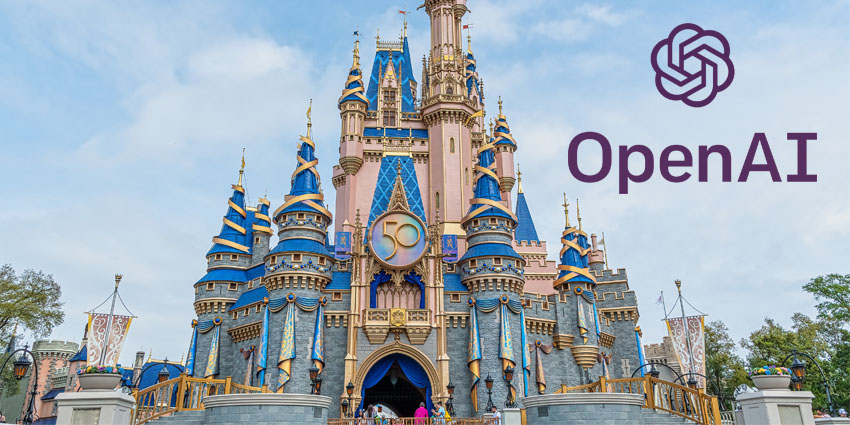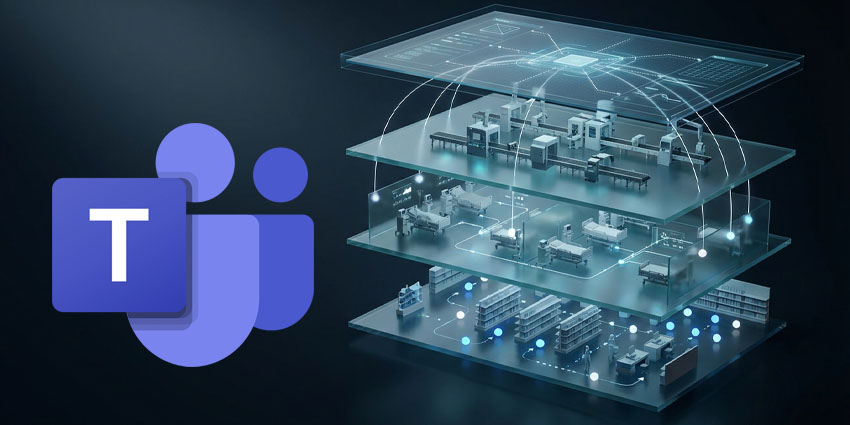In a move that underscores just how central AI has become to its corporate DNA, Microsoft is reportedly urging some of its managers to start evaluating employees based in part on how effectively they use AI tools.
According to an internal email obtained by Business Insider, Julia Liuson, President of Microsoft’s Developer Division, has instructed managers to factor in AI usage when assessing individual performance.
The development marks a significant cultural shift for the tech giant, signalling that AI fluency is now a baseline expectation.
Just like collaboration, data-driven thinking, and effective communication, using AI is no longer optional – it’s core to every role and every level. AI should be part of your holistic reflections on an individual’s performance and impact.”
In some cases, teams are experimenting with using Copilot alternatives, such as Cursor or Replit, which sources say are permitted under specific corporate security policies.
“We are encouraging AI adoption across the company to improve outcomes and increase impact [but] there is no formal review of an employee’s AI usage” a Microsoft spokesperson told UC Today.
The Cursor Conundrum
Microsoft’s AI push comes at a moment of increasing competition in the red-hot market for developer tools.
Cursor, a fast-rising AI coding assistant, has been gaining ground – and even appears to have leapfrogged GitHub Copilot in some developer demographics, according to a recent Barclays note citing the Ramp Business Spending Report.
This rise has raised alarms internally, as Microsoft grapples with the idea that its premier coding tool could lose dominance in the very developer community it was designed for.
High Stakes with OpenAI
The situation is further complicated by Microsoft’s increasingly complex relationship with OpenAI.
Microsoft is the largest investor in the ChatGPT creator, and its enterprise products are deeply integrated with OpenAI’s models. But now, competition in the AI developer tooling space may be testing that alliance.
As of June 2025, ChatGPT has almost 800 million weekly active users, and 3 million paying business users, whereas Copilot has stagnated a little, with 20 million weekly users for the past year.
According to Bloomberg, OpenAI agreed to buy artificial intelligence-assisted coding tool Windsurf in May for about $3 billion – but there’s a catch. Microsoft’s current licensing agreement with OpenAI reportedly entitles it to access Windsurf’s intellectual property if such a deal goes through.
Neither Windsurf nor OpenAI is keen on that arrangement, according to internal sources, and the situation has become a sticking point in ongoing renegotiations between the two AI giants.
Culture Shock and Growing Pains
For some Microsoft employees, the AI mandate is sure to be both a wake-up call and a reflection of the new reality.
After years of experimenting with productivity-enhancing tools, the company is now treating AI usage as a fundamental competency, akin to knowing how to run a meeting or write a business case.
The company, for its part, appears to be walking a fine line: encouraging widespread use of its internal AI stack while allowing employees to experiment with external tools that meet security and compliance thresholds.
Whether this strategy will pay off remains to be seen, but one thing seems clear – AI is an integral tool and employees are expected to keep up.
What this ultimately means for IT leaders
The message for IT leaders is clear – AI fluency and use is no longer just a ‘nice to have’, and if one of the biggest companies in the world is set to tie this to employee reviews there is sure to be an impact elsewhere.
Teams must not only understand how to use AI tools but integrate them meaningfully into daily workflows.
This shift also places pressure on IT leaders to rethink enablement.
It’s no longer sufficient to roll out AI tools and hope for organic adoption – leaders will now need to invest in onboarding, training, and clear usage frameworks to ensure teams are not just using AI, but using it well.
Equally important will be staying agile in a competitive tooling landscape, where employees might prefer external solutions like Cursor or Replit.
Balancing internal tool mandates with developer choice – while maintaining security and compliance – is fast becoming a strategic leadership challenge.







